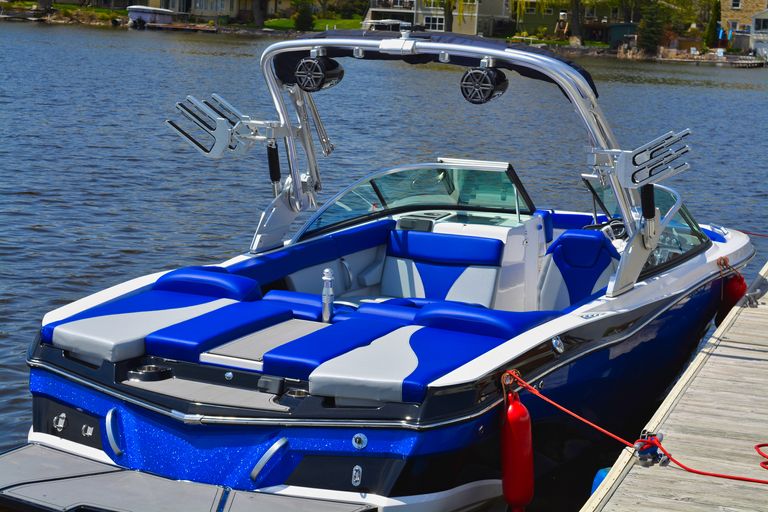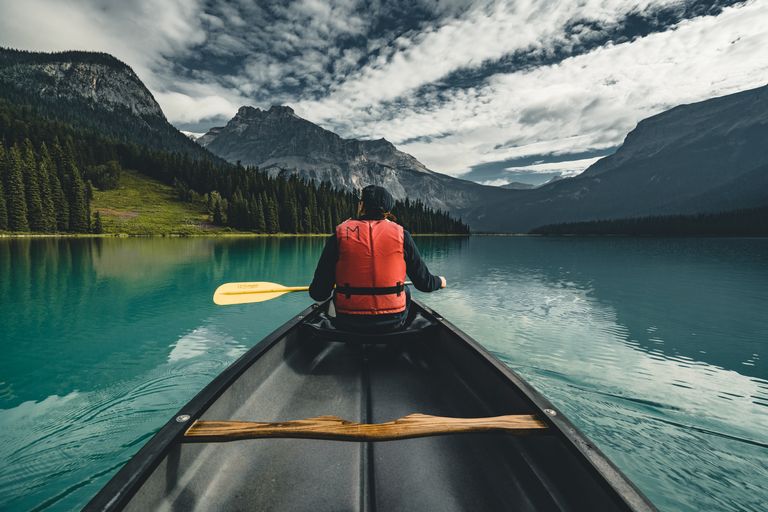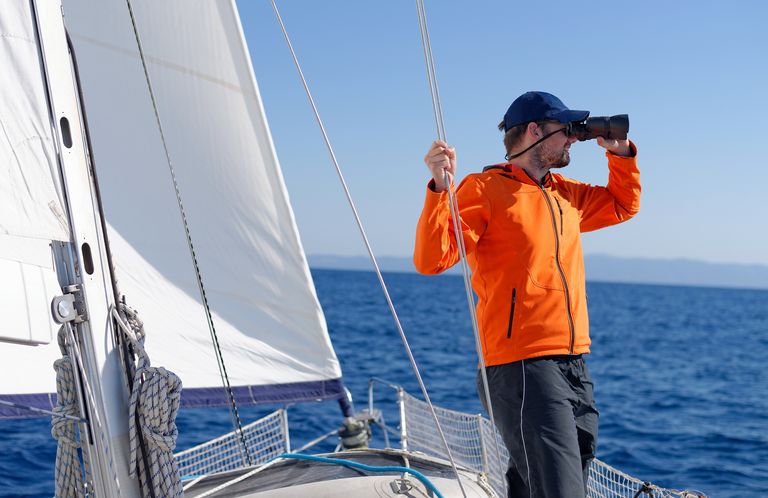What You Need to Know About Boat Anchors and Anchoring
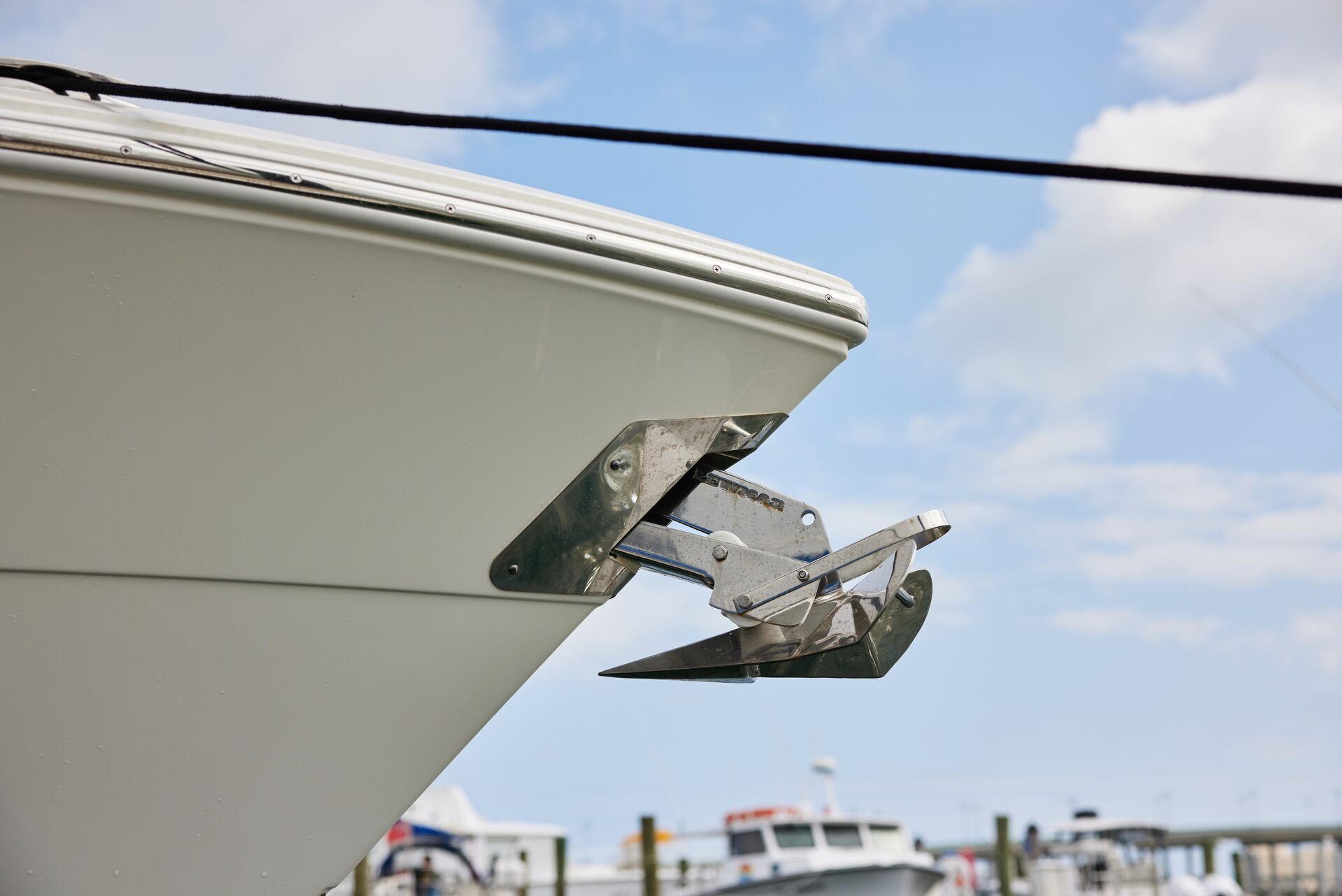
Knowing the right way to anchor a boat is important to being safe on the water. If you can't anchor safely, you could injure yourself or someone else. You could also damage the boat or end up in unfamiliar waters because you drifted with the current.
Boat anchors aren't complicated, but ensuring they work correctly and are in good repair matters. Knowing how to use them correctly can make your time on the water safer and more enjoyable, so keep reading to learn what every boater needs to know about boat anchors.
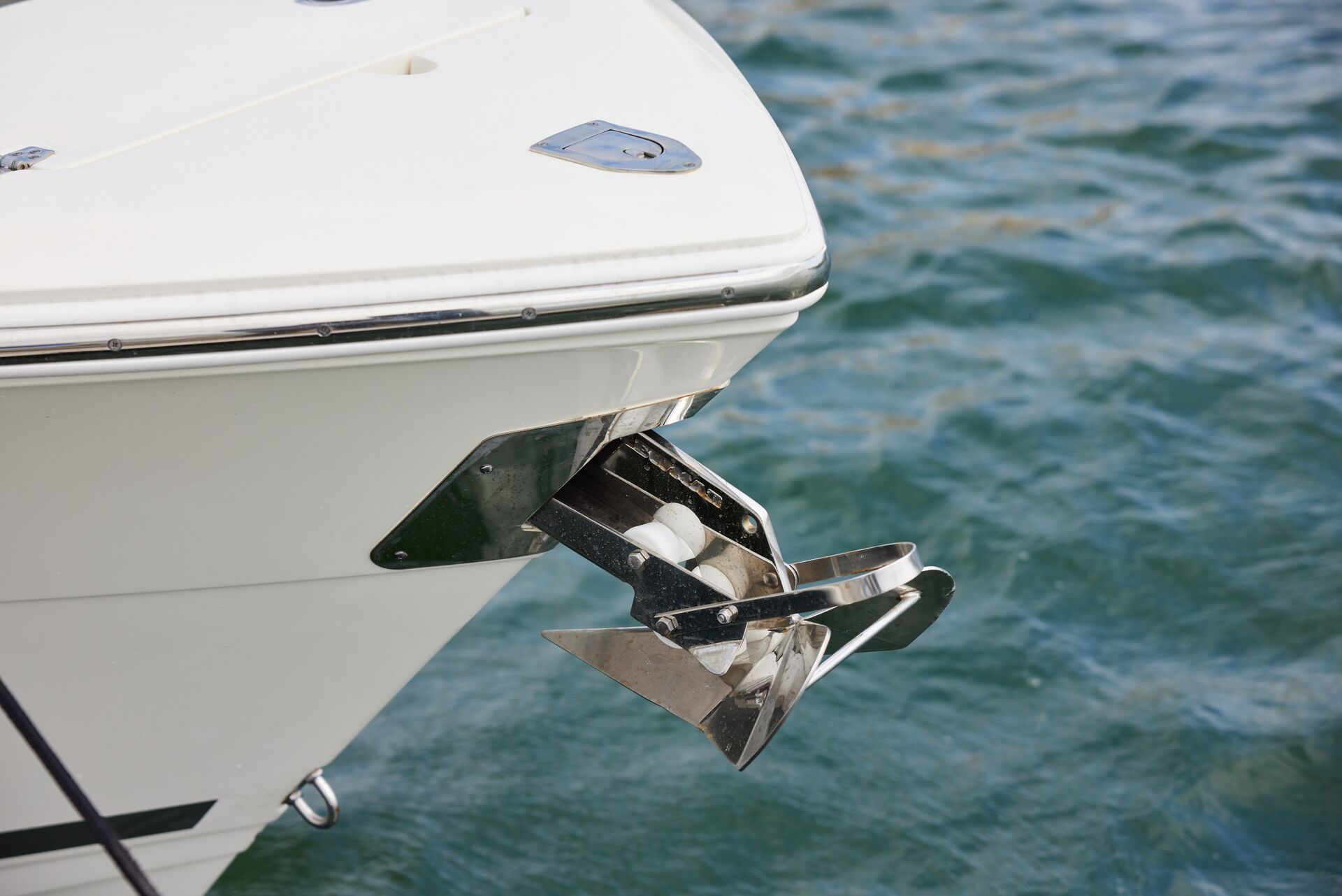
What are the Types of Boat Anchors?
Anchors have different designs, and each one is tailored to specific conditions and bottom types.
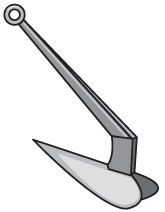
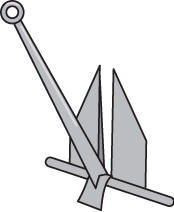
Claw anchors, such as the Bruce anchor, use a claw-like design to penetrate different seabeds effectively, including sand, mud, and gravel. They're a go-to choice for many boaters because they're versatile and flexible. However, they don't always work well in dense vegetation or on rocky bottoms.
Anchoring Techniques
Anchoring techniques vary and typically depend on vessel size, wind, current, and space constraints.
Bow anchoring involves dropping the anchor from the bow to secure the vessel against prevailing forces, and it's ideal for most situations. Stern anchoring, where the anchor is dropped from the stern, helps stabilize the boat when experiencing strong winds or currents or when mooring your boat in tight spaces.
Tandem anchoring gives added stability in challenging conditions or crowded anchorages. This is done by deploying two anchors from the bow in line with one another, allowing the boat to move with wind and tide but keeping it in the same location.
Understanding Holding Power
Holding power refers to an anchor's ability to grip the seabed and resist dragging.
Some specific factors influence holding, including the anchor's weight, design, scope, and the sea floor or lake bottom conditions. You can maximize holding power by understanding the right type and size of anchor for your boat and the typical bottom conditions of the areas where you spend time on the water.
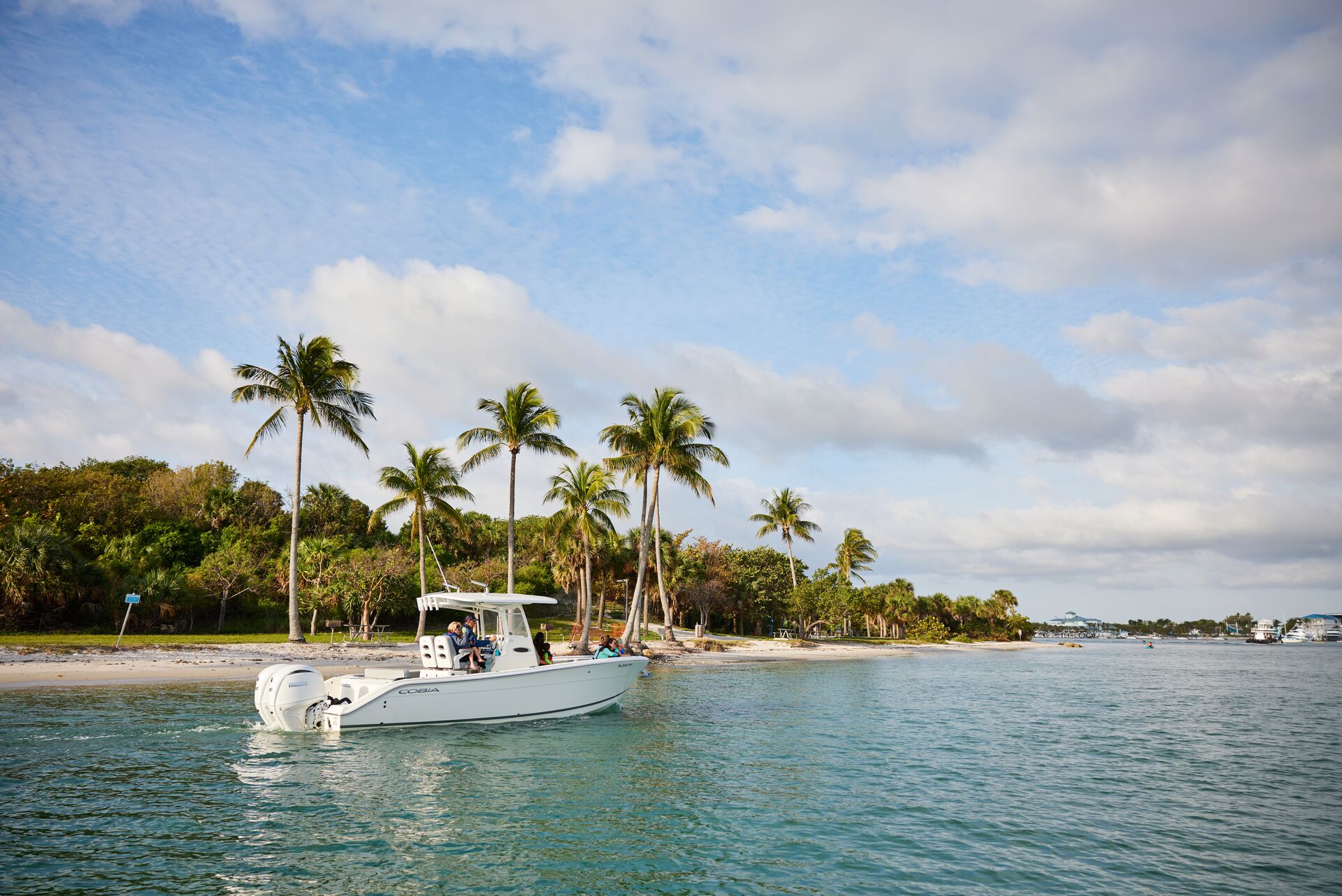
Anchoring Safely
Anchoring safely is extremely important when operating a boat. You want to avoid accidents and reduce the risk of damaging the boat or other vessels.
Proper anchoring etiquette includes maintaining a safe and respectful distance from other boats and using adequate lighting at night.
Anchoring in Different Conditions
The conditions you're anchoring in must be considered, including weather and sea conditions.
Calm Seas
In calm seas, standard anchoring techniques like bow anchoring are sufficient. You'll want to set the anchor securely by allowing enough rope length for optimal holding power.
Rough Seas
Use a heavier anchor in rough seas, or consider deploying a second anchor for added security. Also, the scope (ratio of anchor rope length to water depth) should be increased to provide better holding power and minimize the risk of the anchor dragging.
Strong Winds
In strong winds, consider an anchor type known for its holding power in windy conditions, such as a plow or claw anchor. You'll also need to increase the scope significantly to improve holding power and reduce anchor-dragging risk.
Multiple anchors can also be a good choice.
Tidal Currents
When anchoring in areas with strong tidal currents, it's essential to account for the direction and speed of the current. Set the anchor so the boat can swing freely with changes in the tide.
By looking at the sea and weather forecast before heading out, you can increase your ability to be prepared and anchor safely.
Anchor Maintenance
Regular maintenance is another important part of proper anchoring. You must regularly inspect your anchor and anchoring gear to ensure they're in good shape.
Doing this can improve their reliability and longevity and ensure you have what you need when needed. Cleaning this gear after inspection and storing it properly when it's not being used also go a long way toward proper boat safety.
Emergency Anchoring Procedures
In case of engine failure, grounding, or other unforeseen circumstances, boaters should know how to handle boat anchors in an emergency.
The basic steps to do this are:
- Check for obstructions, other boats, and anything in the way of the anchor.
- Keep communication open with everyone on the boat.
- Release the anchor and let the rope begin to run.
- Keep a close eye on the rope as the anchor sinks.
- When the anchor has reached the bottom, secure the rope to hold the boat in place.
Once you've secured your boat, the next step is to focus on getting help for the issue that caused emergency anchoring so you can move your boat to a safer or more appropriate location.
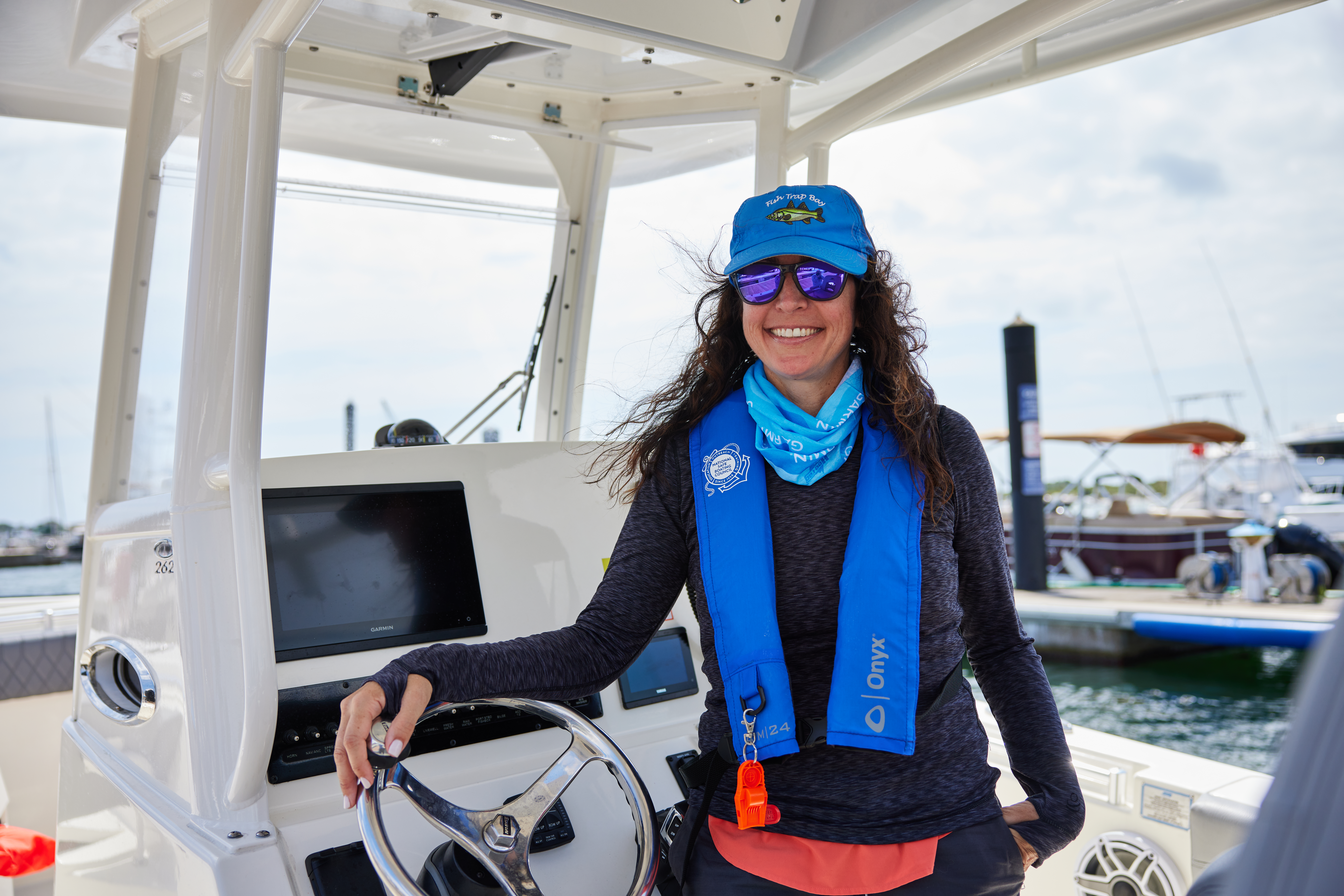
Learn More About Boat Anchors and Safety Before Hitting the Water
Before you take your boat out for adventures this season, take the time to learn everything you need to know about boat anchors and how to stay safe on the water. Taking a boating education course through BOATERexam helps protect you, your passengers, and other boaters from harm and can also increase your confidence and peace of mind on the water.
Canada and most states in the U.S. require boaters to carry a boating license after passing a safety certification. With our online courses, it's easy to meet this requirement and keep yourself and others safe on the water.
In Canada, take our Canada-approved course. For boating in the U.S., choose the course for your state and get certified!

